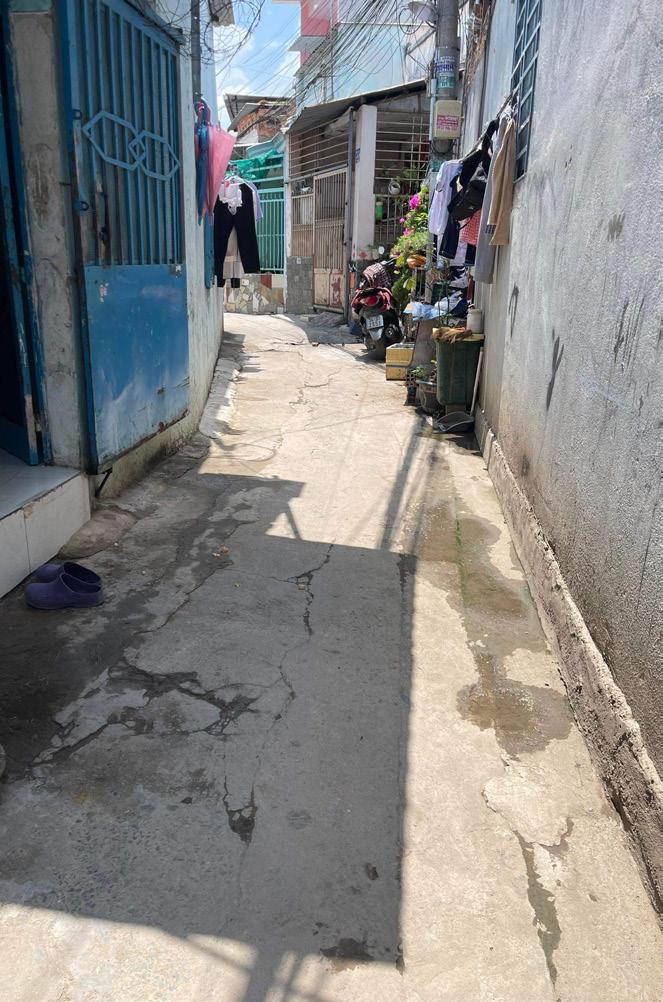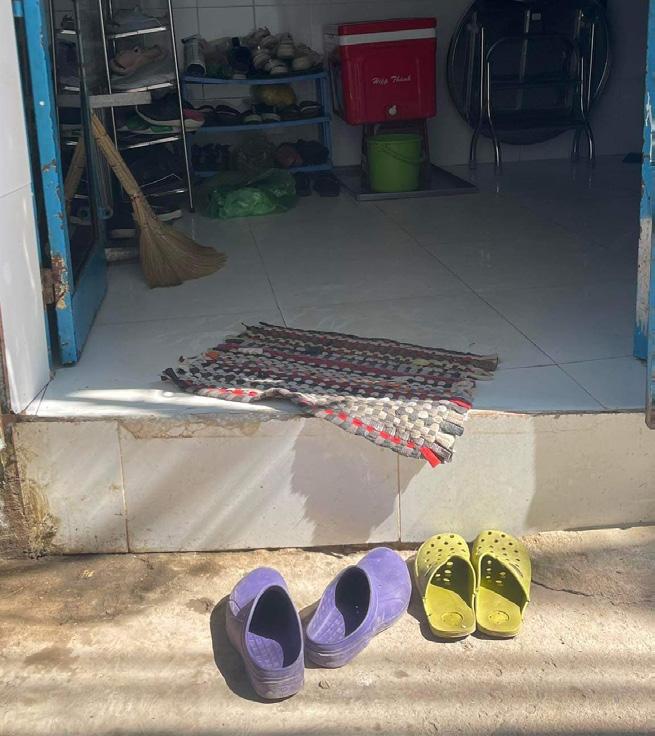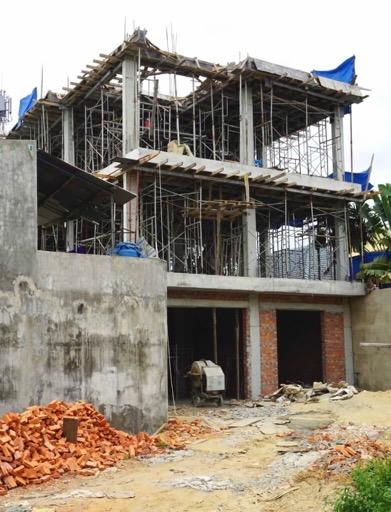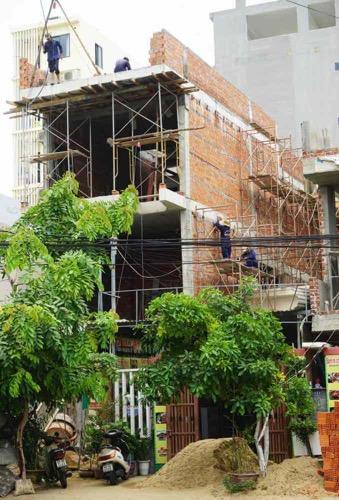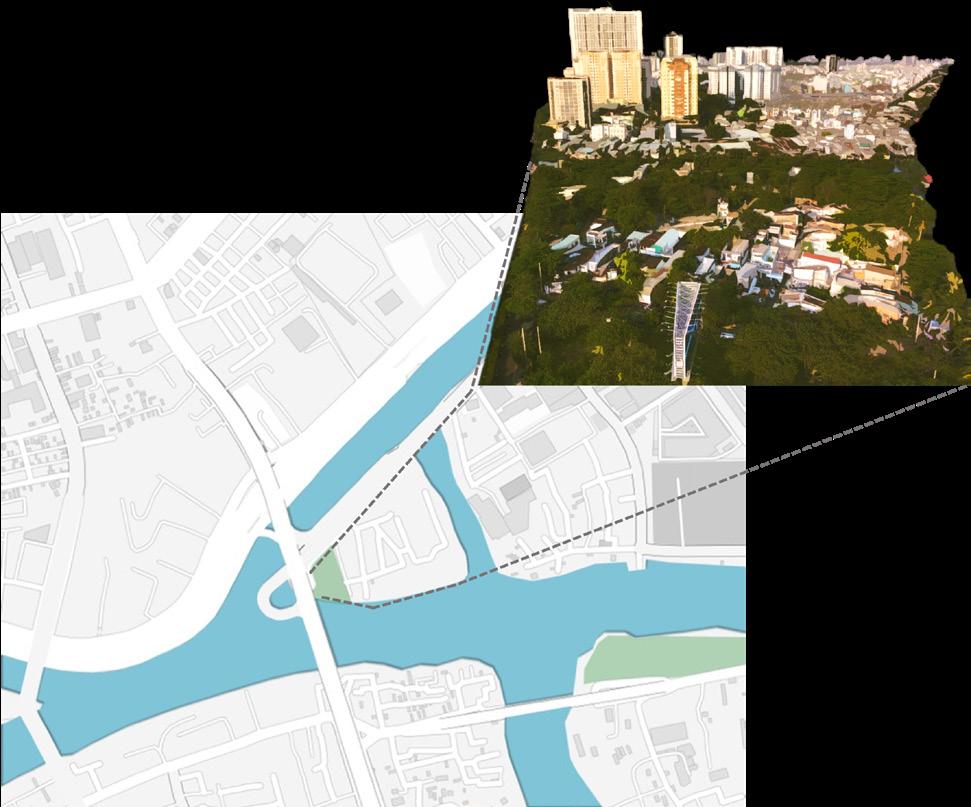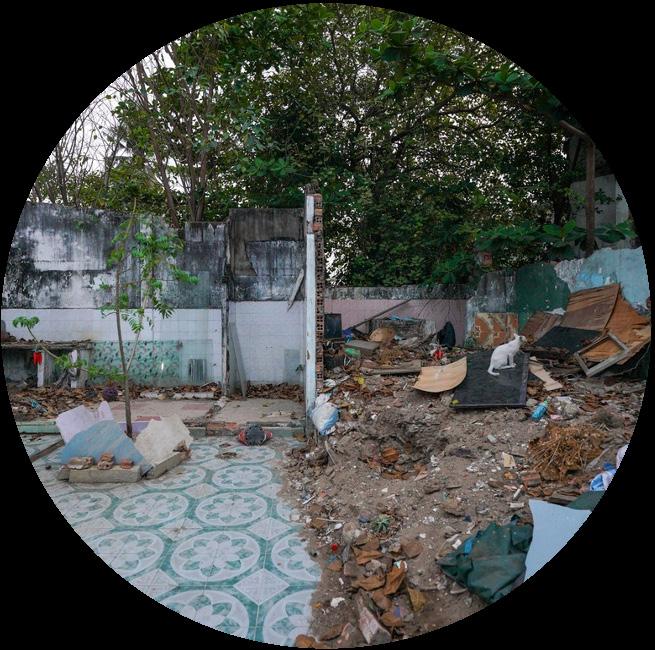


ABSTRACT:
Ho Chi Minh City, home to almost nine million inhabitants, is experiencing a growing occurrence of extreme weather conditions. Unfortunately, the current infrastructure to effectively combat flooding has failed to confront the challenges.
While authorities have taken measures to elevate the roads, an unintended consequence has emerged. Many people living in Saigon want their houses raised, and this convenient preventing flooding solution for homes on the main streets has affected the homes in the alley because of the big differents between ground to road level.
Sống với Lũ (Living with Flood) is a proposal using a metabolism approach with local materials and native building techniques to explore a new idea of a flexible system in alley houses that can resiliently withstand and evolve in the test of time and climate change.
MANIFESTO:
We are committed to creating sustainable and resilient communities through our Metabolist approach to architecture.
Our mission is to provide safe and secure living spaces for all, regardless of their social or economic background. By integrating a minimalist design philosophy, we prioritize flexibility and adaptability, allowing us to repurpose and adjust our designs to meet the distinct climatic and landscape conditions of regions like the urban slums in Ho Chi Minh City.
CÙ LAO NGUYỄN KIỆU circa 1960s
How can this new housing neighborhood attempt to minimize the problem of seasonal flash floods, providing people with a comfortable home and maintaining the daily activities in the urban alley typology?

FLOODING SCENARIO BY 2050
Tran, Thong Nhat. (2014). Improvement of flood risk assessment under climate change in Ho Chi Minh City with GIS applications.






Affected Houses Map at Tide Levels Flooding Duration Map at 1.5m Tide Level Flooding Frequency

In the middle of the alley,
this nurturing place acts as a beloved home and center of life for countless Saigon residents. Stepping through the rough walls, you will feel a warm village, where friendship and close feelings flourish between those who call it home. Every day, the rhythm of life here still beats with enduring energy, and the alleys of Saigon continue to radiate a rustic, timeless charm, like a precious feature of the city that has endured through the ages of generations.

Giữa con hẻm, nơi nuôi dưỡng này đóng vai trò như một ngôi nhà thân yêu và trung tâm cuộc sống của không biết bao nhiêu cư dân Sài Gòn. Bước qua những bức tường thô ráp, bạn sẽ cảm nhận được một ngôi làng ấm áp, nơi tình bạn và tình cảm thân thiết nảy nở giữa những người gọi nơi đây là nhà. Mỗi ngày, nhịp sống nơi đây vẫn đầy ấp với nguồn năng lượng bền bỉ, và những con hẻm Sài Gòn vẫn tiếp tục tỏa ra vẻ mộc mạc, quyến rũ vượt thời gian, như một nét quý giá của thành phố trường tồn qua bao thế hệ.


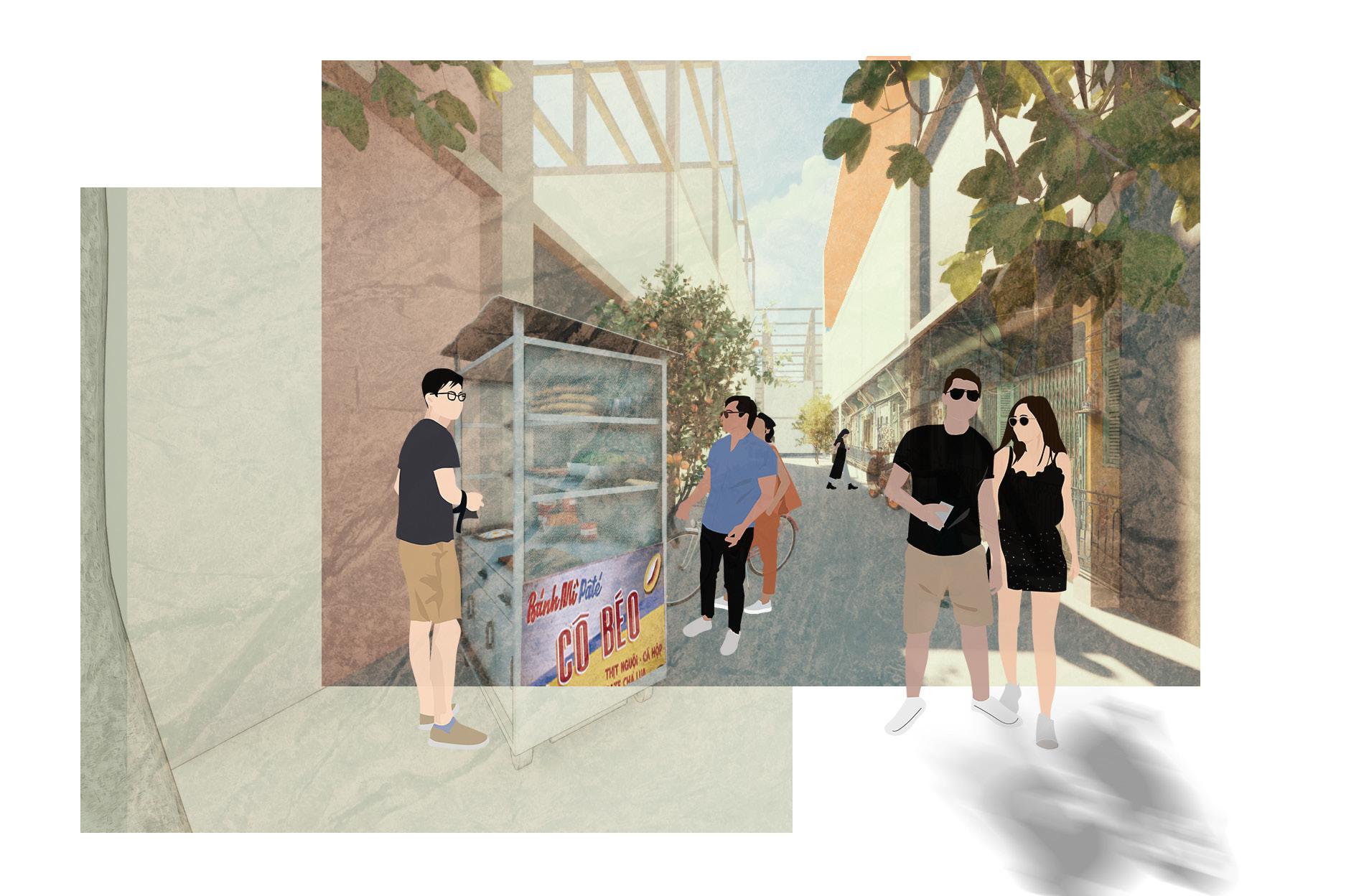
5 TYP. TYPES OF HOUSE IN ALLEYWAY

Concrete and brick construction
ONE STORY
o Usually with metal roof
o No front or backyard space
ONE STORY WITH A FRONT YARD
o Concrete brick flat roofs or metal roof
TUBE HOUSE
o Most are seen with concrete brick flat roofs or metal roof
o No front or backyard space
o Multi-story
TUBE HOUSE WITH WITH A FRONT YARD
o Outdoor area
o Most are seen with concrete brick flat roofs or metal roof

o Multi-story
STAND-ALONE HOUSE WITH A YARD
o Outdoor area
o Concrete brick flat roofs or metal roof, or terracotta tiles
o Multi-story

Another MAIN STREET
Hẻm: typical small urban alleys in Saigon
Typical tube house in the late early 2000s
alleyway typ. sub alley
Typ. MAIN STREET
CURRENT SYSTEM WHEN DEALING WITH FLOOD
Elevating streets
Elevating streets helps some people, but makes life more difficult for others.


PROPOSED NEW SYSTEM STRUCTURE
Concrete Frame
Flexible Infill Materials



o Bricks
o Bamboo

o Rammed earth



Built as needed, or as the family grows
HOUSE OPTIONS
4 - 3 - 2 levels









FLOODING SCENARIO BY 2050

OPTION 1: STRUCTURE ON PIERS + ELEVATED ROAD

DRY SEASON 2050 RAIN SEASON 2030
FLOODING SCENARIO BY 2050
OPTION 2: STRUCTURE ON GROUND + CITY CISTERN IMPLEMENTED







see more from Vi


@2023 ARCH 508 RESEARCH STUDIO METABOLISM





























